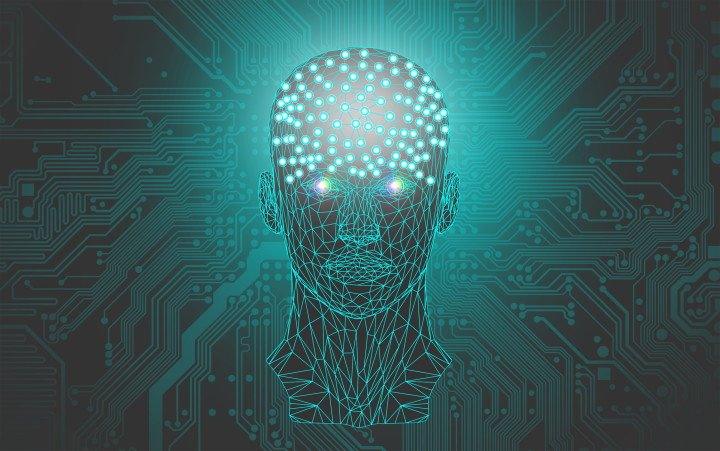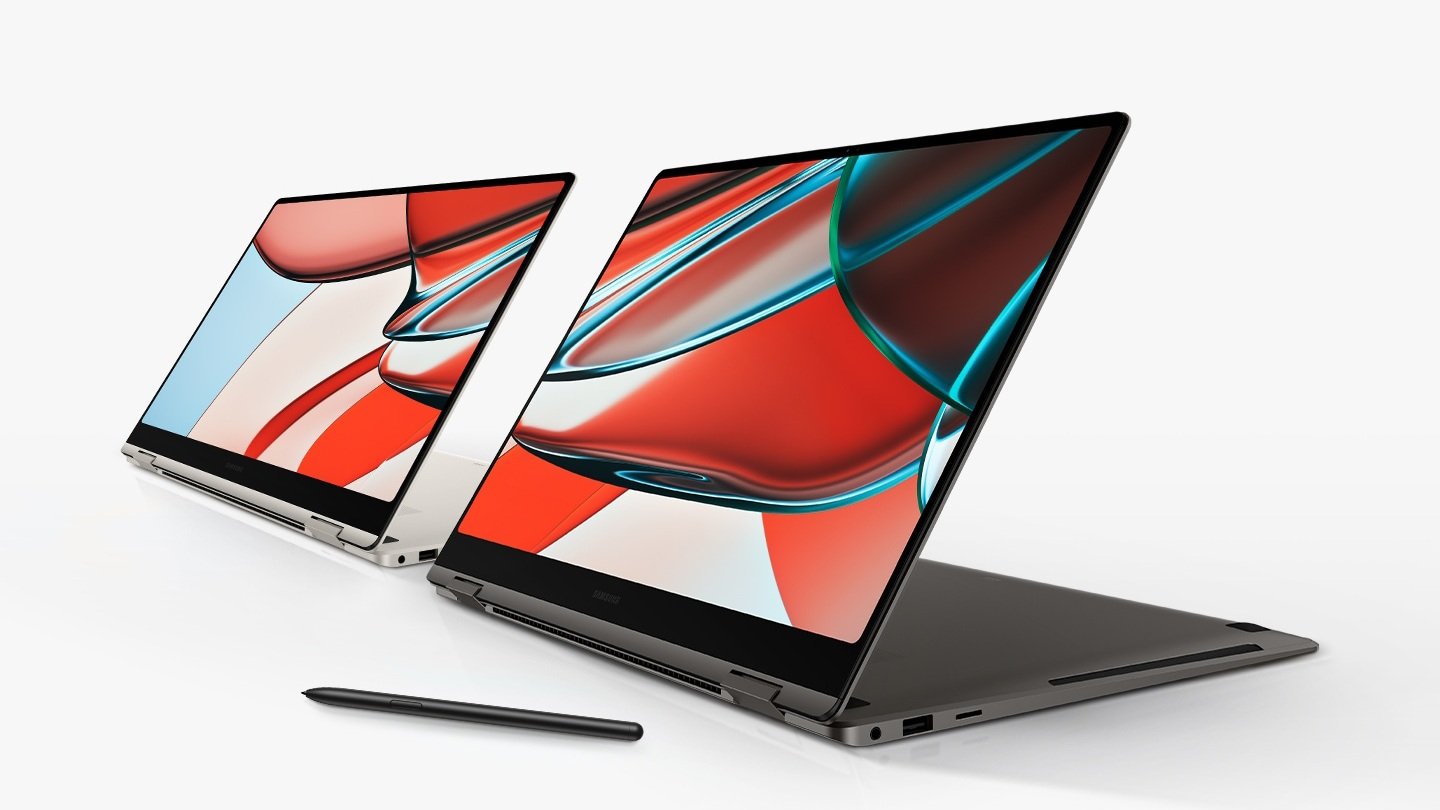Hey there, Mr. Technology here! You know I’m always eager to explore the latest innovations in the tech world, and Apple’s M-series chips are no exception. These processors are seriously powerful, pushing the boundaries of performance, efficiency, and user experience on Macs. So, let’s take a closer look at the evolution of the M-series chips and how they’re poised to power the Macs of tomorrow.
The M1: A New Era for Mac Performance
Apple’s introduction of the M1 chip in 2020 marked the beginning of an exciting new chapter for Mac computers. Built on a 5nm process, the M1 chip integrated CPU, GPU, and Neural Engine components into a single system on a chip (SoC). Sporting 8 CPU cores (4 high-performance and 4 high-efficiency) and up to 8 GPU cores, the M1 delivered impressive performance and energy efficiency, leaving many Intel-based counterparts in the dust.

Beyond Performance: M1’s Impact on Battery Life and Efficiency
The M1 chip didn’t just bring raw power to the table; it also dramatically improved power efficiency. MacBooks powered by the M1 chip have seen significant gains in battery life, with some models even doubling the run time on a single charge. The M1’s architecture allows it to deliver peak performance without draining the battery, making it a true game-changer for portable computing.
The M1 Pro and M1 Max: Raising the Bar for Professionals
Apple didn’t stop at the M1. In 2021, they introduced the M1 Pro and M1 Max chips, targeting power users and creative professionals. These chips built upon the M1’s foundation with more CPU and GPU cores, increased memory capacity, and even better performance. The M1 Pro featured 10 CPU cores (8 high-performance and 2 high-efficiency) and up to 16 or 32 GPU cores, while the M1 Max boasted a whopping 32 GPU cores. With support for up to 32GB and 64GB of unified memory respectively, these chips enabled seamless multitasking and handling of demanding workloads in applications like video editing and 3D rendering.

Looking Ahead: The Future of M-Series Chips
The future looks bright for Apple’s M-series chips. As we anticipate the arrival of the succesor to the M2 and M1 Ultra chips, it’s clear that Apple is focused on continuing to refine its custom silicon to deliver even better performance and efficiency. With Apple’s investments in AI, machine learning, and AR/VR technologies, we can expect future M-series chips to be tailored to support these innovations. Moreover, Apple’s focus on vertical integration and custom silicon development suggests we can expect more powerful chips tailored to specific use cases, such as high-end desktops and workstation-class machines.
Conclusion: Apple’s M-Series Chips Are Here to Stay
Apple’s M-series chips have made a huge impact on the Mac lineup, and it’s clear that they’re here to stay. The M1, M1 Pro, and M1 Max have already shown us what’s possible when Apple takes control of both hardware and software. As we look to the future, I can’t wait to see how Apple’s custom silicon continues to evolve and shape the Macs of tomorrow.
Stay tuned to Mr. Technology for more in-depth coverage of the latest tech innovations!




